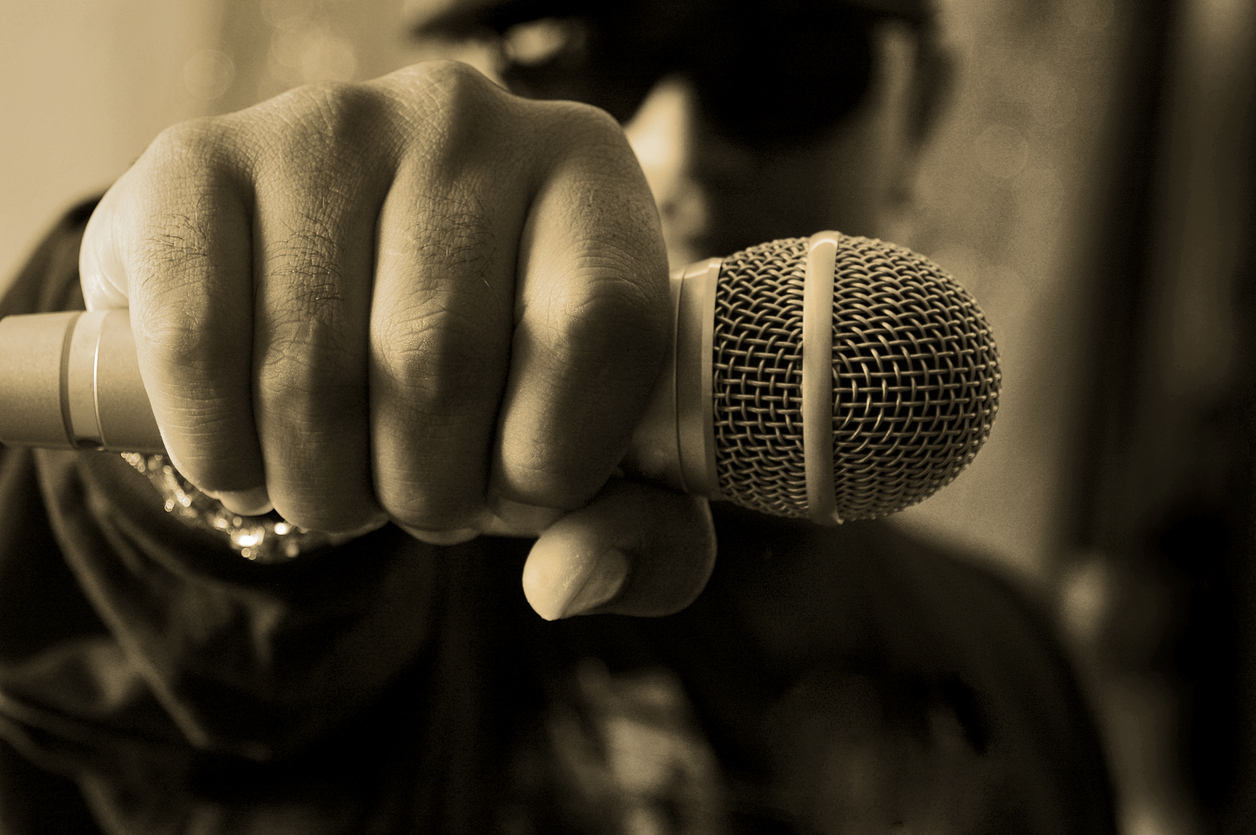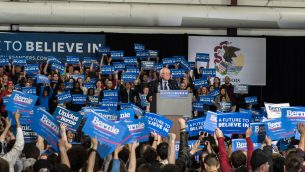Legal, Policy and First Amendment Political Communication

Rap Music and Threats of Violence: A Case for the Supreme Court to Decide
By Clay Calvert
Kendrick Lamar won a Pulitzer Prize last year and Eminem set a record in 2019 for streams on Spotify. But the acceptance and embrace of rap music in mainstream culture isn’t shared by everyone – and that sometimes includes the police.
Controversy between the police and rappers has gone on at least since N.W.A. released “F–k tha Police” in 1988. In fact, scholars Charis E. Kubrin and Erik Nielson contend that “to this day, rap is largely defined by its hostility toward law enforcement.”
Now the Supreme Court, including one justice nicknamed “the Notorious RBG” – a reference to the rapper called “Notorious B.I.G.” – has been asked to address that hostility and what it means via the case of Knox v. Commonwealth of Pennsylvania.
As director of the Marion B. Brechner First Amendment Project at the University of Florida, I’ve often written about the complex relationship between rap music, free speech and threats of violence.
The Supreme Court has discretion not to take the case. It could decide whether to do so within the next few weeks. If it does choose to hear the case, it could have profound implications for freedom of speech in the United States. That’s because it concerns when people can go to prison for making statements that some considering threatening.
Last August, the Pennsylvania Supreme Court upheld Jamal Knox’s conviction on the charge of making terroristic threatsagainst two Pittsburgh police officers in a rap song he posted on YouTube.
Protected or not?
Taking a page out of N.W.A.‘s playbook, he had also called his song “F–k the Police” and directed it at the officers, who had earlier arrested him and another rapper on drug charges.
So what did Knox say in his rap that was interpreted as a threat and landed him in trouble with the law? Here’s a snippet in which he names the two officers:
This first verse is for Officer Zeltner and all you fed force b—-es/And Mr. Kosko, you can suck my d–k you keep on knocking my riches/You want beef, well cracker I’m wit it, that whole department can get it/All these soldiers in my committee gonna f–k over you b—-es/F–k the, f–k the police, b–ch, I said it loud.
This may offend, but as the Supreme Court wrote in 2017, “speech may not be banned on the ground that it expresses ideas that offend.” For example, the Court protected the right to protest the Vietnam War by wearing a jacket reading “F–k the Draft” in a public courthouse.
Knox now wants the nation’s highest court to hear his case. He argues his lyrics constitute free speech protected by the First Amendment to the U.S. Constitution.
While the First Amendment safeguards many types of speech, the Supreme Court holds that it does not protect true threats of violence.
The problem is that the Court has not clearly defined just what constitutes a “true threat.”
As I’ve said elsewhere, “if there’s one First Amendment doctrine that screams out the loudest for clarification, it may well be true threats.”
The question in the Knox case is not whether the speech offends, but whether it is an unlawful threat of violence.
The Pennsylvania Supreme Court concluded it was a threat, partly because Jamal Knox identified specific officers by name and because the lyrics included the line “let’s kill these cops cuz they don’t do us no good.”
Is this a threat or just a young man in his 20s venting anger at government officials through a creative medium known for such rhetoric?
The court’s opportunity
As Knox’s attorneys argue in their Supreme Court brief, the Court has not clarified “whether, to establish that a statement is an unprotected ‘true threat,’ the government must show objectively that a ‘reasonable person’ would regard the statement as threatening, or whether it is enough to prove only the speaker’s subjective intent to threaten.”
In other words, the lawyers are asking if the test of whether something is a true threat should be how a reasonable person would interpret a message like a rap song. Or does the actual intent of the speaker make a difference? Or is it some combination of both?
And if the state of the mind of the speaker does matter, does he just have to be aware that some people might find it threatening or does he actually need to want people to find it threatening?
These are difficult but important questions. People sometimes say things that are not intended to be taken literally.
A jury, in turn, may be confused in sorting it all out.
This is particularly true with rap music. As one scholarly article by Adam Dunbar and Charis E. Kubrin notes, “jurors may not understand or fully appreciate rap music’s genre conventions and instead may conflate an artist’s lyrics with his or her true personality.”
A scholarly experiment by Dunbar, Kubrin and Nicholas Scurich suggests that the exact same lyrics were taken more literally by participants “when characterized as rap compared with country.”
Technology compounds the problem. Some people may expect to find hyperbole or exaggerated expression on certain online forums such as Twitter. We live in an age of instant outrage on social media, and sometimes that outrage may appear threatening.
The danger is that a person could wind up in prison for something he intended as a joke but that a recipient interpreted differently.
Resolving what constitutes a true threat and just how a true threat should be determined has importance far beyond rap music. It extends to tweets, texts and Facebook posts in the digital age.
With Jamal Knox’s case, the Supreme Court can use the opportunity to clarify what constitutes an unprotected threat of violence.
The Court, however, typically hears only about 80 cases each year involving full oral argument before the justices.
I believe that this case is important and should be heard because, as Knox’s attorneys argue, the definition of a true threat “implicates the validity of countless convictions under myriad federal and state threat statutes.”
This post originally appeared on The Conversation on Jan. 29, 2019.
Clay Calvert is the Brechner Eminent Scholar in Mass Communication and Director of the Marion B. Brechner First Amendment Project at the University of Florida College of Journalism and Communications.
Posted: February 15, 2019
Tagged as: First Amendment, rap music, violence


